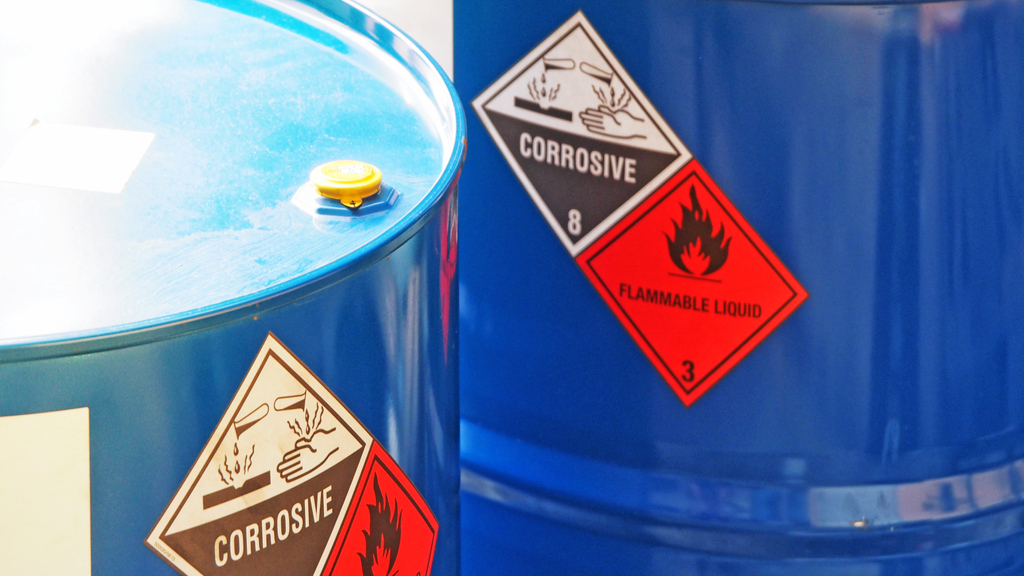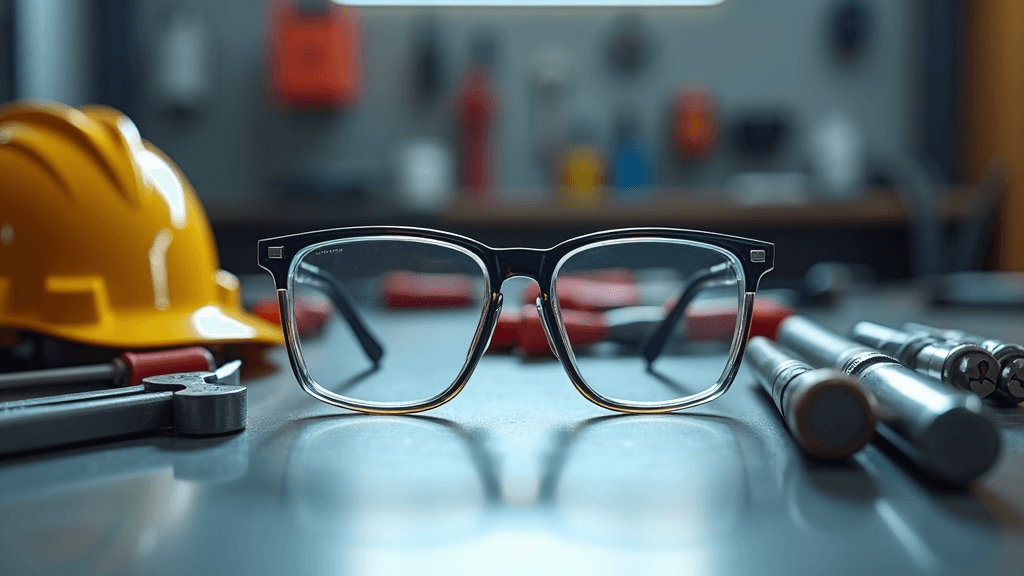How To Handle Chemicals When Manufacturing Products

Hazardous substances can potentially affect your health and cause serious harm to you, your staff, the environment, and your property. The manufacturing industry, in particular, uses a variety of chemicals in its operation, and the UK Health and Safety Executive has advised of its workplace exposure limits. Aside from the physical risk, you will also save money on lawsuits and medical bills by prioritising safety. On that note, here are four of the best safety tips for chemical handling in manufacturing.
- Keep a clean workstation
Keep your facility clean and orderly to avoid accidents such as slips and falls to avert any spillage. Cluttered work locations promote accidental spills. Therefore, keep surplus chemicals in their original packaging to reduce clutter. Additionally, provide your working teams with a dumping place near the workstations where they can safely dispose of their used chemicals. Create a safe location inside your facility where workers can leave their contaminated clothing behind instead of taking them home for cleaning. Encourage employees to always change their clothes before leaving the facility to avoid potentially exposing their families to the facility chemicals.
- Know the chemicals you use
Knowing what chemicals you are dealing with is critical to properly identify the best ways to handle them. The first step is to analyse the Safety Data Sheet (SDS) of every harmful substance the suppliers provide. This is crucial, especially when you introduce a new chemical to your workplace. It would be best if you had enough time to examine the hazards and make necessary adjustments. For example, buying new protective clothing or installing sulphuric acid storage can be useful to guarantee workplace safety, especially when dealing with highly corrosive inorganic compounds or acids.
- Training and resources
It is a good idea to provide the best safety clothing or PPE when using hazardous substances in your facility. However, these are not enough if you are not offering the right training and resources to enable employees to appreciate the risks and dangers they are exposed to. You want to train them on the right measures and the best way to respond to, let’s say, a chemical leak or explosion and other emergency circumstances. It would be best to take your new staff and contractors through thorough safety induction to stay on top of your workplace safety.
- Safety gears should be clear in sight
Chemical exposure can occur when protective equipment is not used. Therefore, employees must use the right safety equipment when accessing risk areas in the workplace. For instance, have designated places to keep your respirators, goggles and gloves. Fortunately, making safety equipment more accessible will encourage workers to use them. Instruct all workers to thoroughly inspect their safety equipment before use and dispose of any items showing excessive wear or damage. Anything less could jeopardise the safety of your workers and property. This will also mean regularly restocking safety gear.
It is vital to put in place measures to protect your employees and individuals exposed to potentially harmful chemicals in your workplace. The above tips should come in handy in keeping everybody safe.





